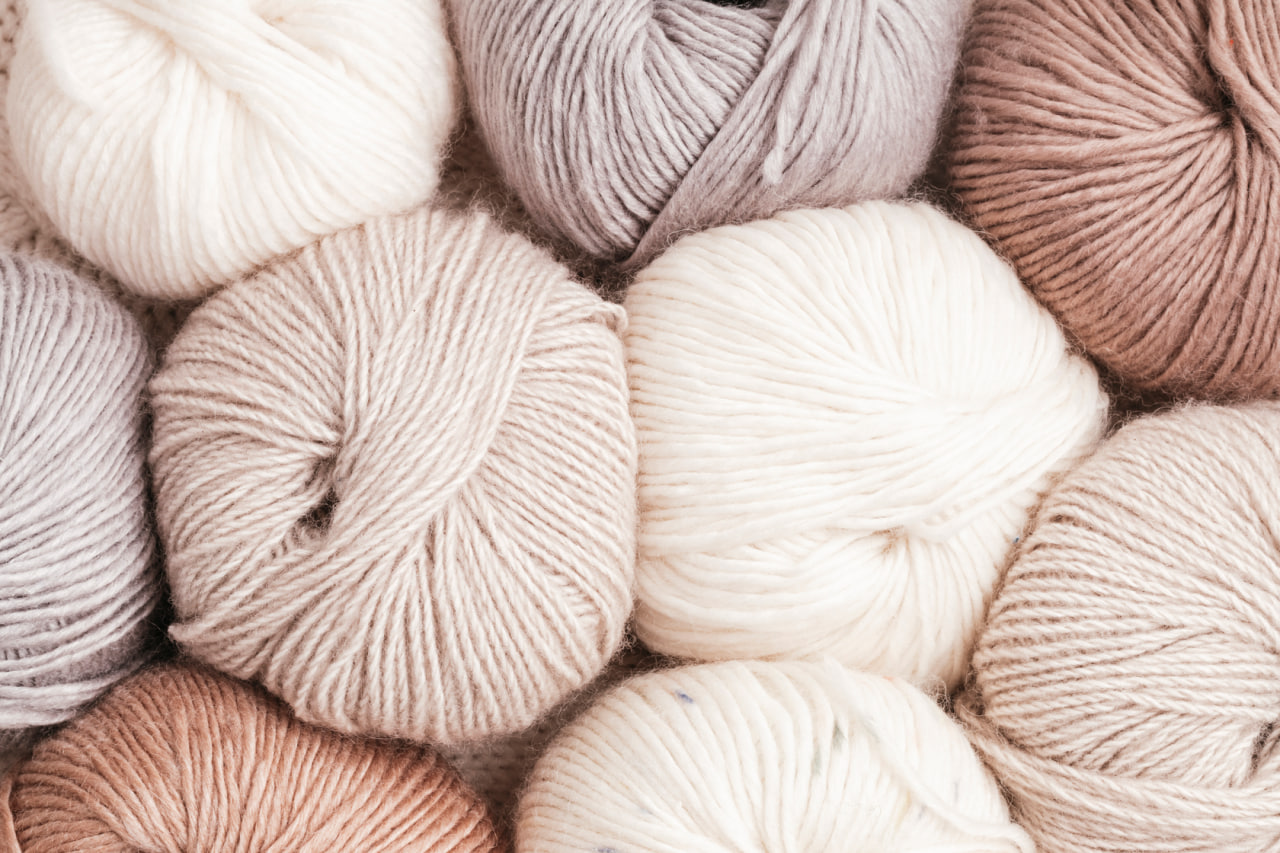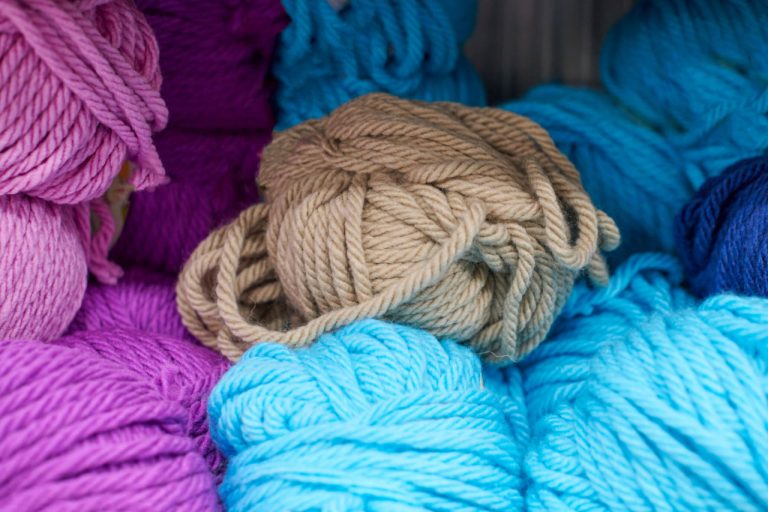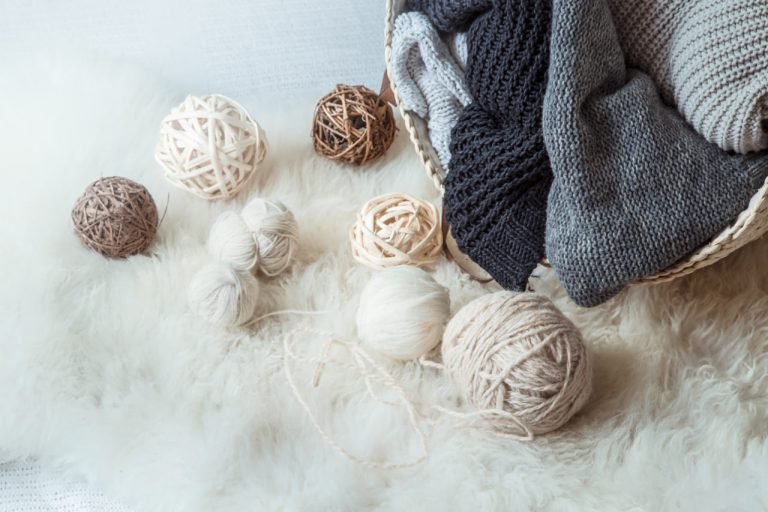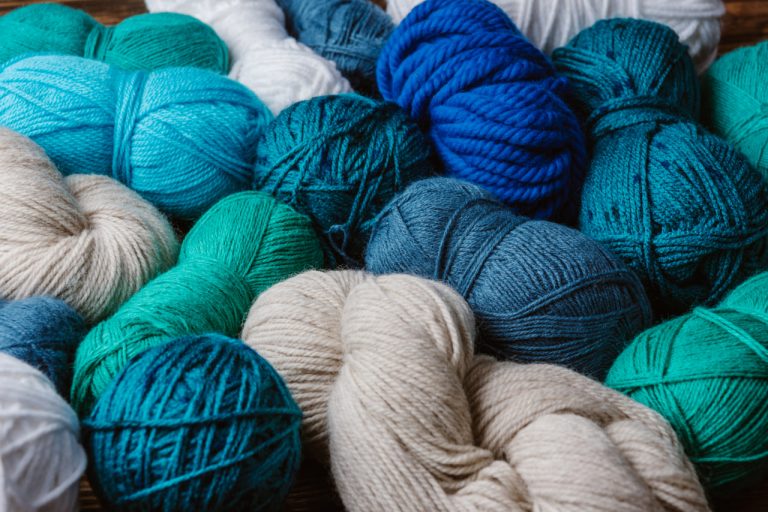Why Sustainability Matters in Crafting
In a world increasingly focused on environmental responsibility, sustainable crafting practices have become essential. Choosing materials and techniques that minimize environmental impact supports both the planet and the longevity of traditional crafts. Wool felting is a prime example of a sustainable practice in textile arts, as it utilizes natural fibers and encourages slow, thoughtful production. By emphasizing quality over quantity and valuing handcrafted techniques, felting aligns with eco-conscious values while producing durable, meaningful creations.
Natural and Renewable Materials
Wool is a renewable resource, making it an environmentally friendly choice for crafting. Sheep produce wool annually, and responsible farming practices ensure that harvesting the fiber does not harm the animals or ecosystems. Unlike synthetic fibers, wool is biodegradable, meaning that finished products will break down naturally at the end of their life cycle. By choosing wool for felting, crafters reduce reliance on petroleum-based materials, minimize waste, and support renewable resources that have been cultivated sustainably for centuries.
Low-Impact Production Techniques
Wool felting is a hands-on craft that requires minimal energy and resources compared to industrial textile production. Needle felting and wet felting use simple tools, water, and soap rather than energy-intensive machinery or chemical processes. This low-impact approach reduces carbon footprint and pollution, making the practice not only creative but environmentally responsible. Additionally, felting allows for the use of leftover or recycled wool, further reducing waste and promoting circularity in crafting.
Durability and Longevity of Felted Items
One of the most significant environmental benefits of wool felting is the durability of the finished products. Felted items are dense, resilient, and long-lasting, meaning they do not need frequent replacement. Unlike fast-fashion or mass-produced decorative items, wool creations withstand wear and retain their aesthetic appeal over time. Investing in handmade felted goods reduces consumer waste, supports sustainable consumption, and encourages a mindset of valuing quality and longevity over disposable trends.
Supporting Ethical and Local Crafting
Choosing handmade felted creations often means supporting small-scale artisans and local producers. This reduces the environmental impact associated with mass production, long-distance shipping, and industrial textile processes. By prioritizing ethical sourcing and local craftsmanship, crafters contribute to sustainable economies and maintain traditional skills that have been passed down through generations. Wool felting thus becomes a practice that benefits both the environment and the communities involved.
Creative Use of Leftover Fibers
Wool felting encourages the use of leftover fibers, scraps, and recycled materials, making it a zero-waste craft in many cases. Small amounts of wool can be transformed into embellishments, ornaments, coasters, or even integrated into larger projects. This efficient use of resources minimizes waste and maximizes the potential of every fiber. By creatively repurposing scraps, felters contribute to sustainable material management while exploring new designs and techniques.
Mindful Crafting as an Environmental Practice
Beyond the materials and techniques, wool felting promotes mindfulness and intentionality in crafting. Slow, deliberate creation encourages crafters to value each step of the process, fostering a greater appreciation for the materials and reducing the tendency toward overproduction. This thoughtful approach to making aligns with sustainability principles by prioritizing care, quality, and environmental awareness in every project.
Inspiring a Sustainable Lifestyle
Wool felting serves as an example of how traditional crafts can inspire broader environmental responsibility. By creating with natural, renewable materials, supporting ethical practices, and producing long-lasting handmade goods, crafters demonstrate that sustainability and artistry can coexist. Incorporating felted creations into everyday life encourages others to consider the environmental impact of the products they use and fosters a culture of mindful, eco-conscious living.




